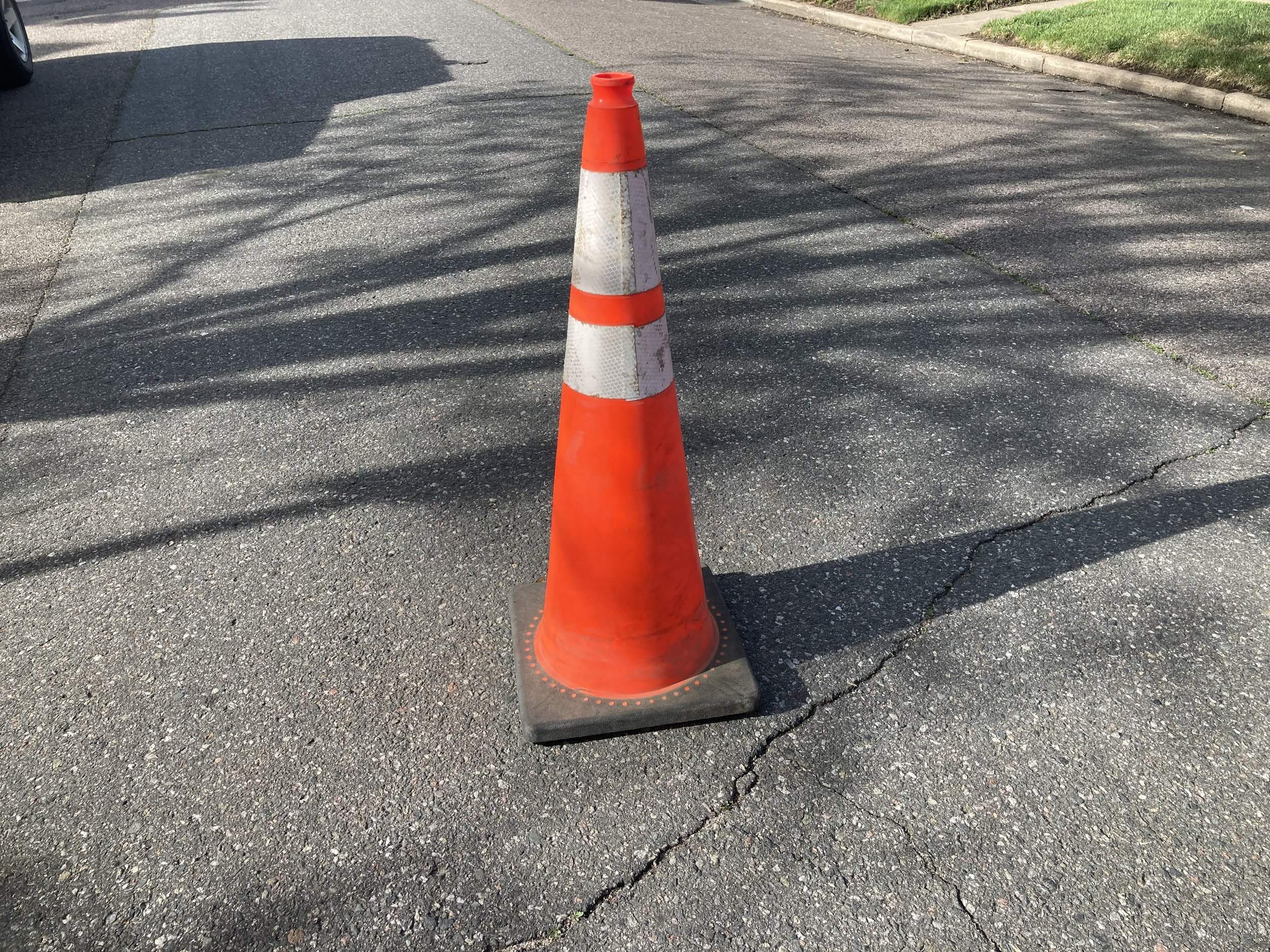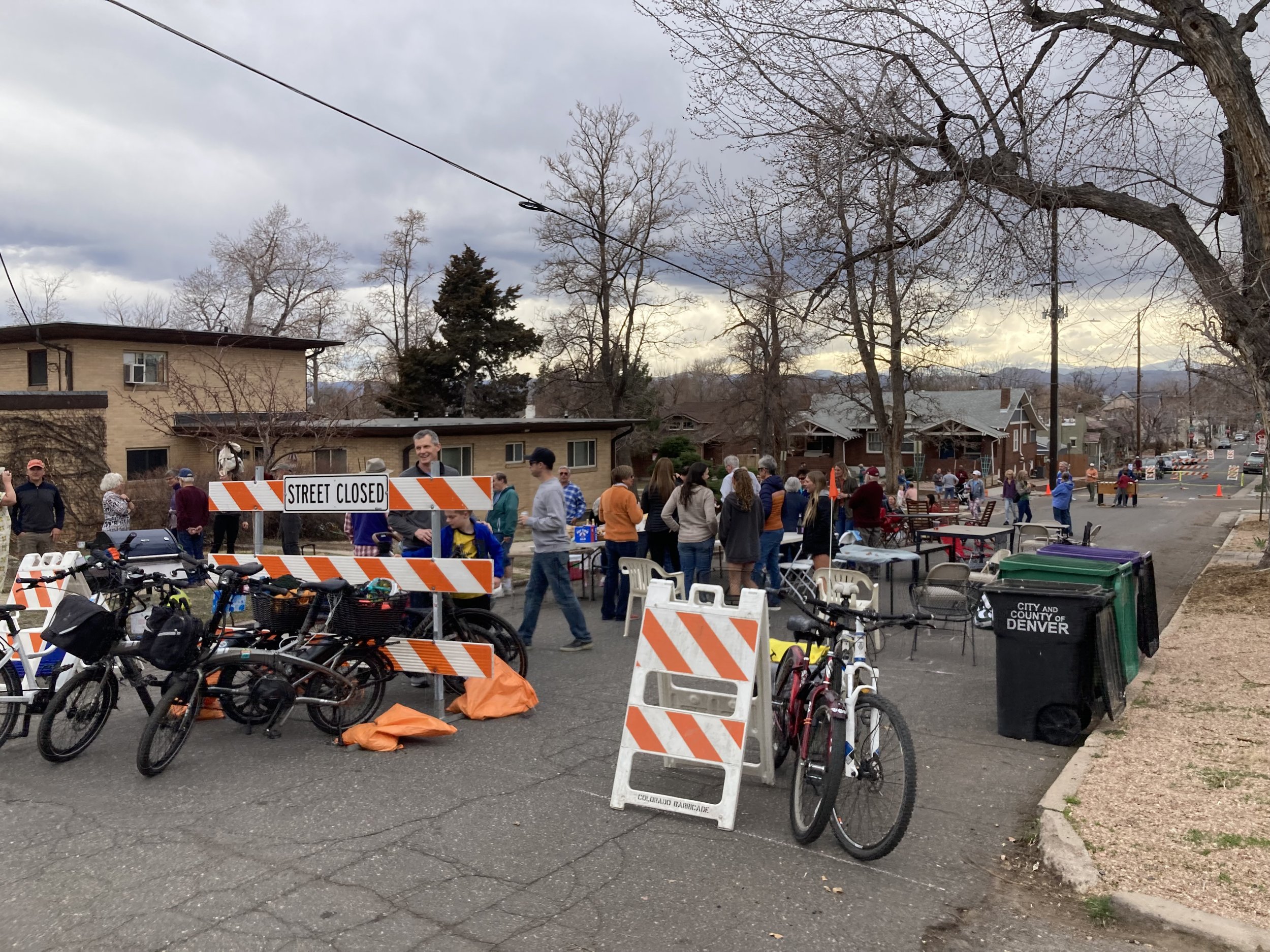Cones Are Ugly — And That’s The Point
Traffic cones are ugly. But for that very reason -- because they're temporary, garish, beat up, and in-yer-face orange -- they're a powerful tool for creating and shaping spaces and determining whether an imagined solution is, in fact, a real solution.
With an engineering drawing and a handful of cones, we can rapidly shape spaces in different ways and observe how people's behavior changes.
Those observations give us clues as to whether a particular change made permanent will make a positive impact on people's lives.
Unfortunately, there's this misperception that people aren't going to accept materials that are anything short of beautiful. As a result, we spend far too much time obsessing about form rather than function. Which would you prefer? Something that is beautiful according to a designer's subjective standard? Or something that empirically works? ("Both" may be the optimal answer, but good luck making something beautiful that works great the first time around.)
This is a phenomenon Janette Sadik-Khan, Michael Bloomberg's transportation chief calls "mega-project monomania," the misplaced belief that things have to be huge and perfect from the get-go to make a difference in people's lives. Sadik-Khan led the transformation of Times Square, which started with orange barrels and lawn chairs.
We encounter temporary construction zones on a regular basis and, while we might complain about the inconvenience, we don't gripe about how ugly they are. In part, that’s because there's an unspoken agreement: those ugly conditions are temporary and will be removed.
We're also accustomed to temporary conditions with wildly popular programs and events like Shared Streets, block parties, and street fairs, which use cones, plastic posts, and dented signs to delineate spaces. It's probably safe to guess that never in human history has someone said, "I'm not going to that block party because they're using barricades to close down the streets."
And people used the heck out of Shared Streets even though they were obviously temporary.
The point is, let's embrace the ugly. Let's use cones and their brethren to get us to a point where we can make big investments in infrastructure that produces results rather than just qualifies for a centerfold in Concrete Design Magazine.
Wanna see some cones in action, plying their trade, delineating spaces, allowing us to observe a solution in the real world? Stop by our Viva Streets demonstration at 9th & Broadway.









